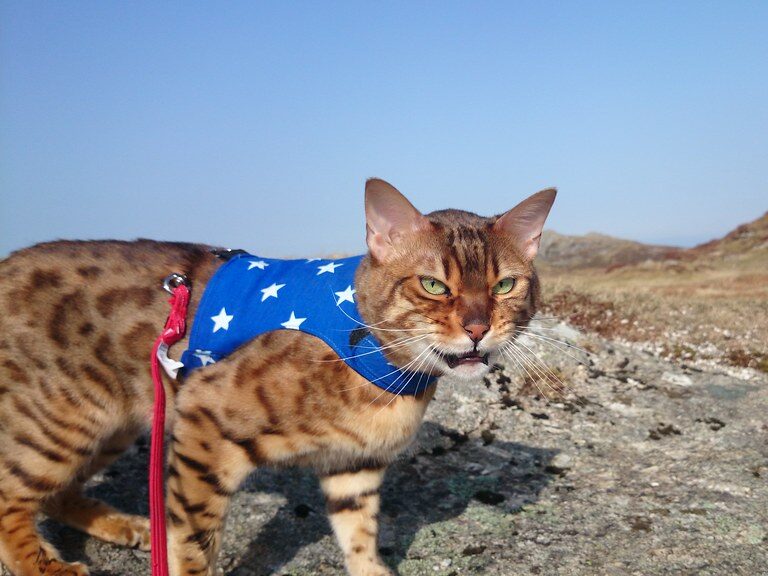
Bengal cats are a mix of beauty, energy, and wild charm, making them one of the most captivating cat breeds around. But owning one isn’t all fun and games—these active, curious felines come with their own set of challenges. Want to know more about them? Here are 10 difficulties you might face when welcoming a Bengal into your home.
High Energy Levels
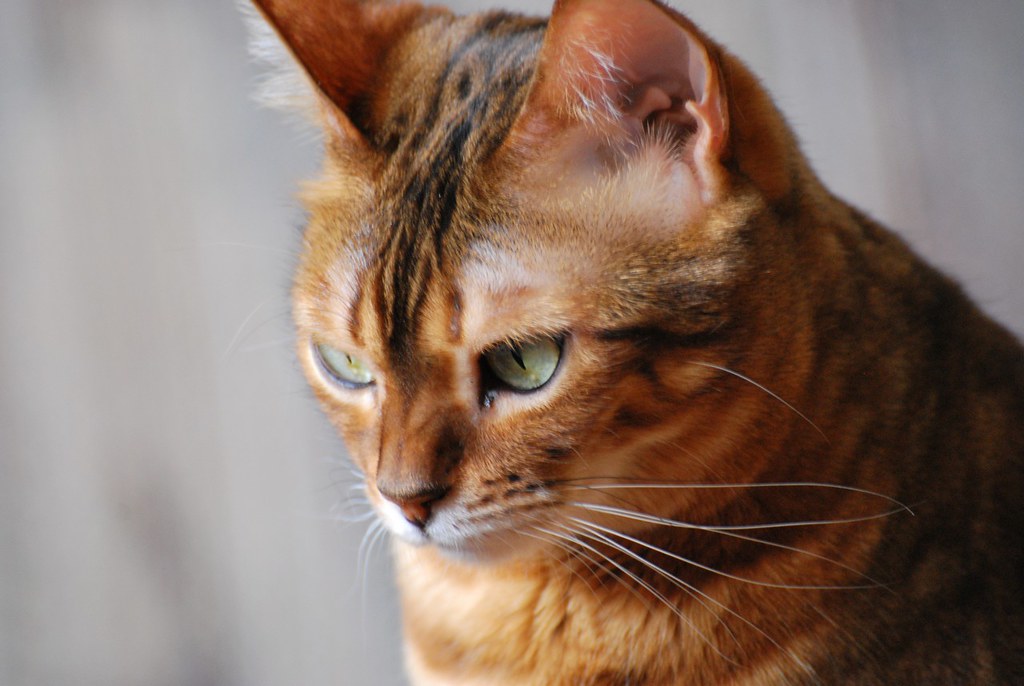
Bengal cats are like little energizer bunnies! Their energy is off the charts, and they’re not the kind of cat that’ll curl up for a nap in the sun for hours. They’ll be climbing shelves, jumping onto high places, and zooming around the house. One fascinating thing is their ability to leap up to 6 feet in the air.
Destructive Behavior (Like a Dog)
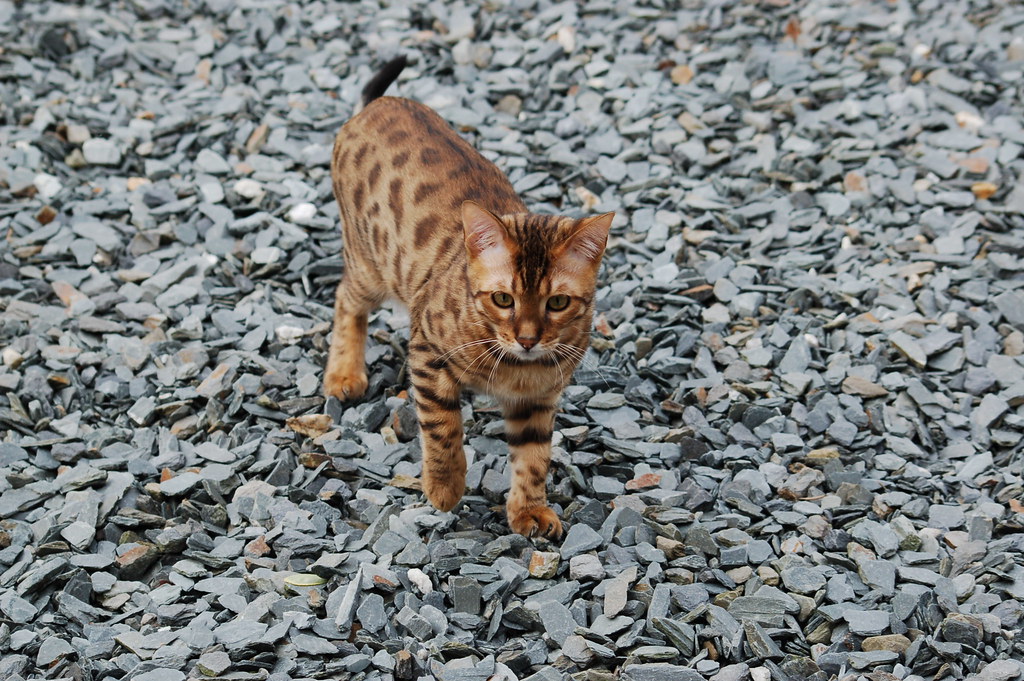
Bengals love to explore and mark their territory, often leading to them getting into things they shouldn’t. If you don’t want to turn your house into a feline playground, you’ll need to provide them with lots of enrichment, like scratching posts, interactive toys, and climbing structures. Did you know that Bengals are sometimes called the “cat version of a dog” because of how they’ll chew on things or carry stuff in their mouths like little dogs?
Demand for Attention
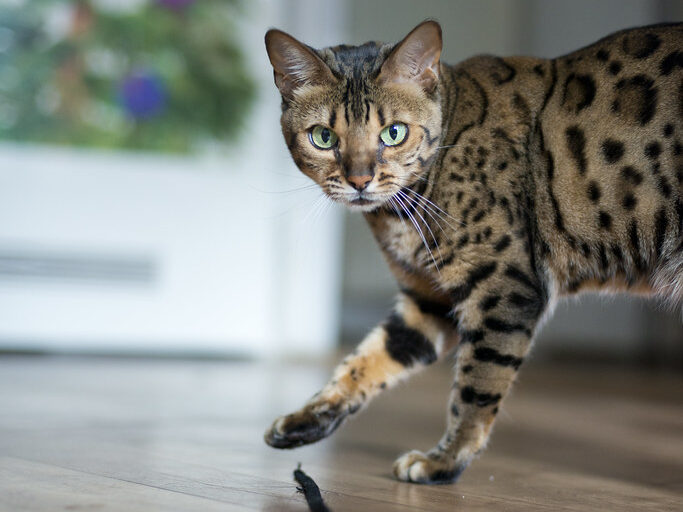
If you think you’re just going to bring a Bengal into your home and let it chill by itself, think again. Bengals are social butterflies who love being the center of attention. They’re not the type to entertain themselves for long, so if you leave them alone all day, they may find other ways to get your attention—maybe through knocking things off the counter or meowing loudly until you come home.
Expensive Care
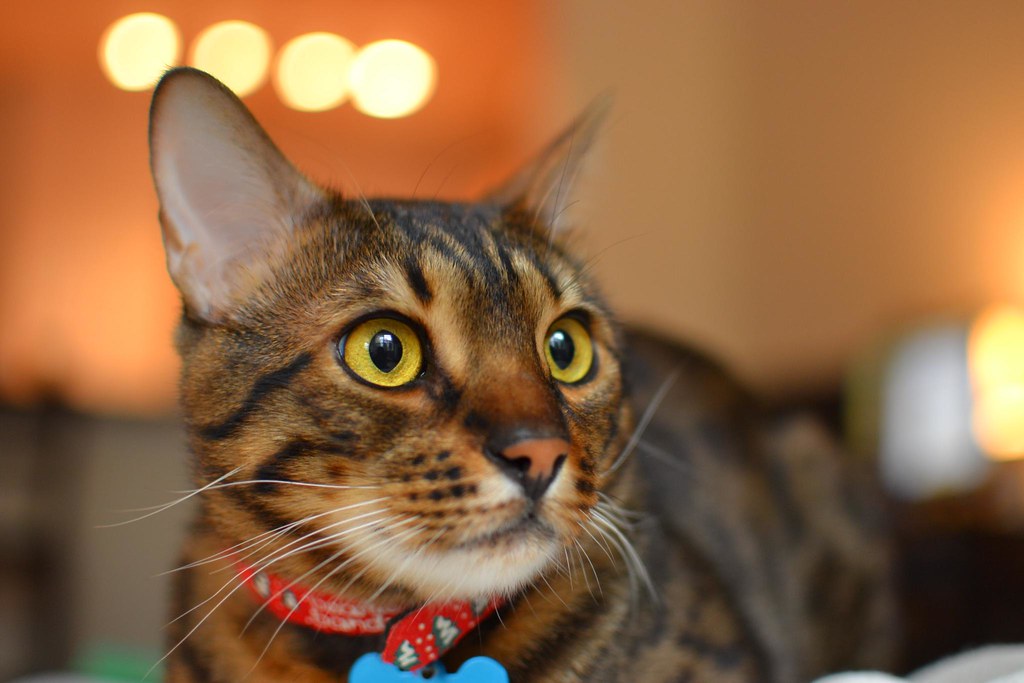
Bengals can be a bit of a luxury when it comes to their care. Not only are they one of the more expensive cat breeds to adopt, but their maintenance costs can surprise you. A Bengal’s diet is more specialized than most cats. They thrive on high-protein, low-carb food and sometimes need supplements or treats that can cost more than your average kibble.
High Maintenance Grooming
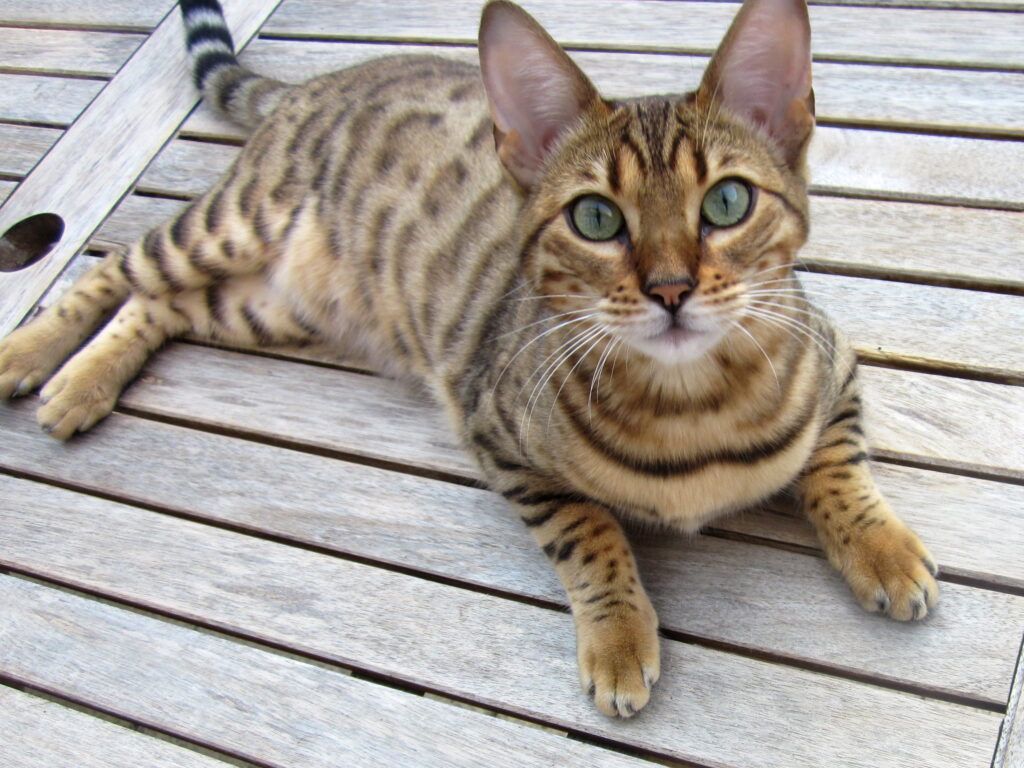
You might think that because Bengals have short coats, grooming will be a breeze. But you’d be wrong. Despite their sleek and shiny fur, Bengal cats shed just like any other cat, and they need regular brushing to keep their coat healthy. Also, their wild ancestors, the Asian Leopard Cat, have some special grooming needs—like a preference for being bathed now and then.
Territorial Nature
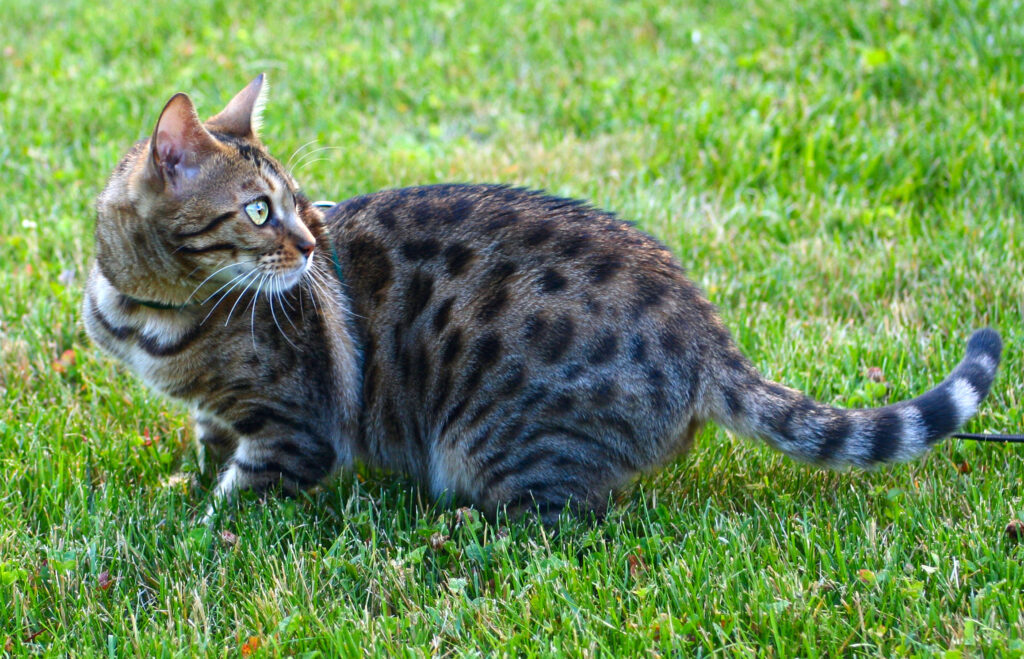
Bengals can be fiercely protective of their space. While they’re social, they might get territorial when it comes to other animals in the house. They aren’t the best with other cats, especially if those cats aren’t introduced properly. This territorial instinct leads to them being a bit more aggressive or possessive of their things. So, if you already have other pets, you’ll want to do a slow introduction process to avoid any squabbles.
Strong Hunting Instinct
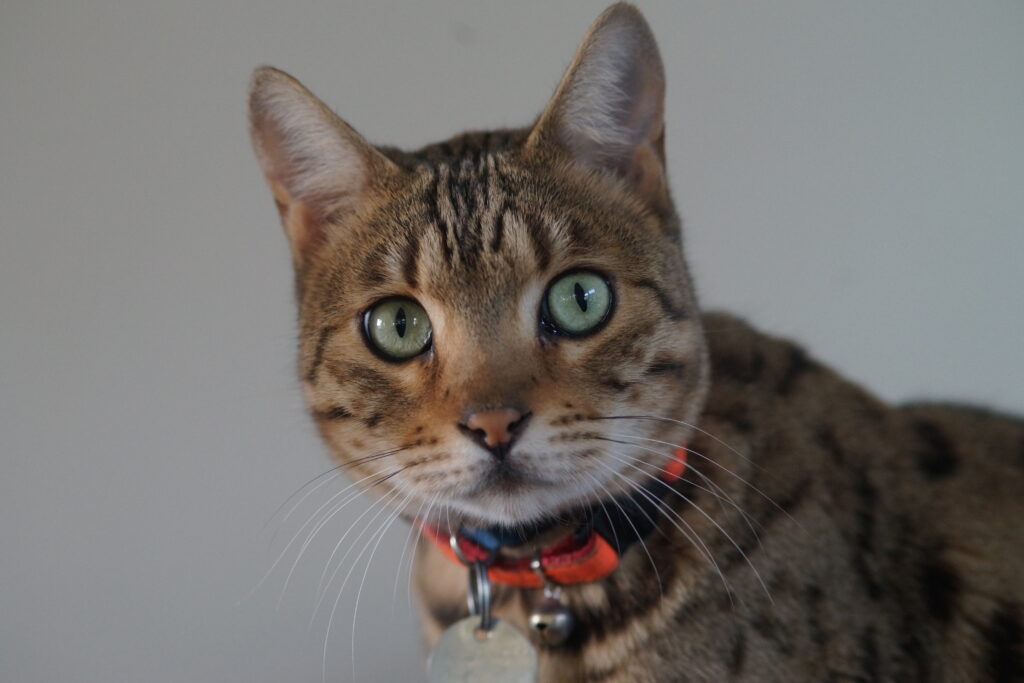
With their wild background, Bengals have a strong hunting instinct. They’re not just playful; they’re true hunters at heart. They’ll stalk anything that moves, from toys to bugs—and yes, even your toes if they feel like it. It’s fun watching them “hunt” a toy, but it can get a little intense, especially if they target smaller pets or critters in the house.
Noise and Vocalization
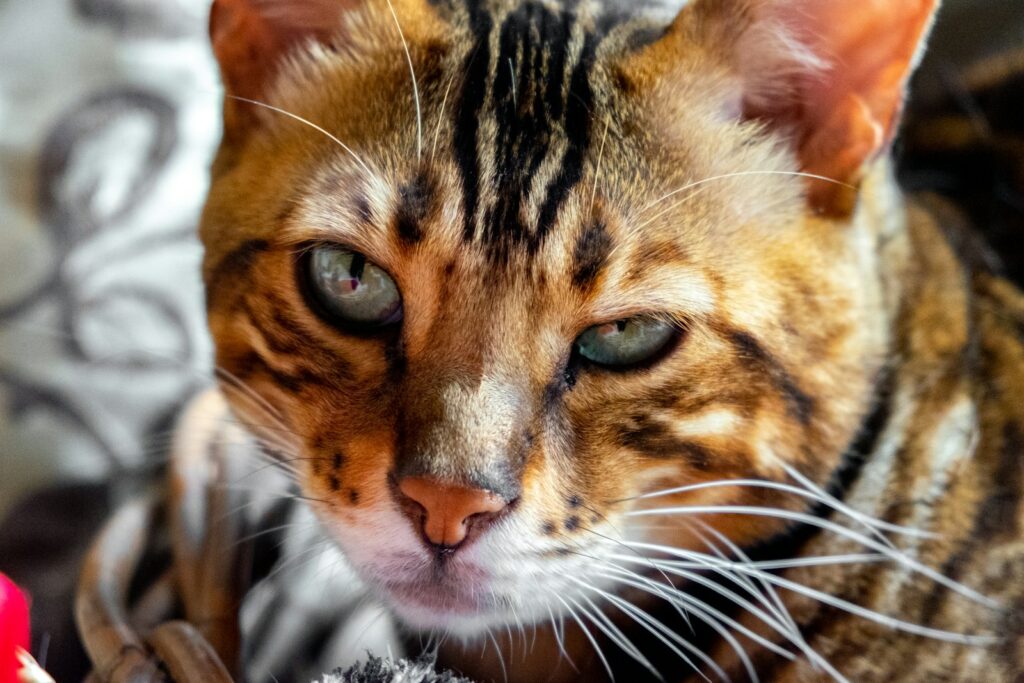
Bengals are one of the more vocal cat breeds out there. They’re not shy about making their feelings known, whether it’s through chirps, meows, or trills. The interesting thing about their vocalizations is that they mimic sounds they hear, so they may pick up on your tone and respond in kind.
Sensitive Stomachs
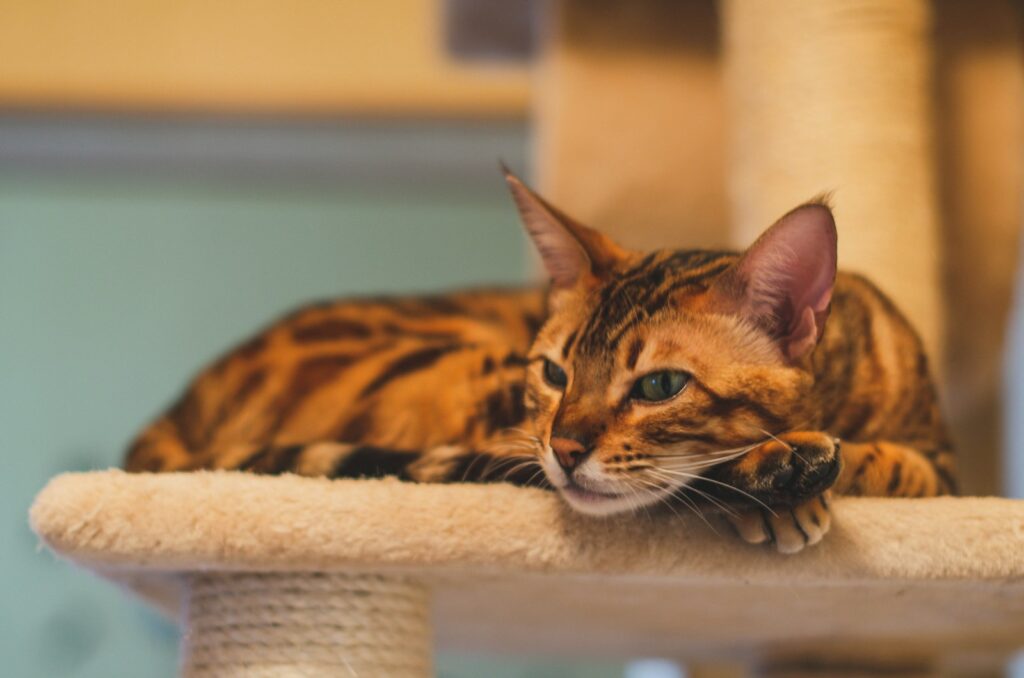
Some Bengals are prone to sensitivities, meaning their stomachs can get upset easily if they eat the wrong thing. Finding the perfect diet might take some trial and error. They often do better on high-quality, protein-packed food that’s easy to digest. It’s not unusual for them to have food allergies or sensitivities, so being picky about what you feed them is key to avoiding tummy troubles.
Strong Personality
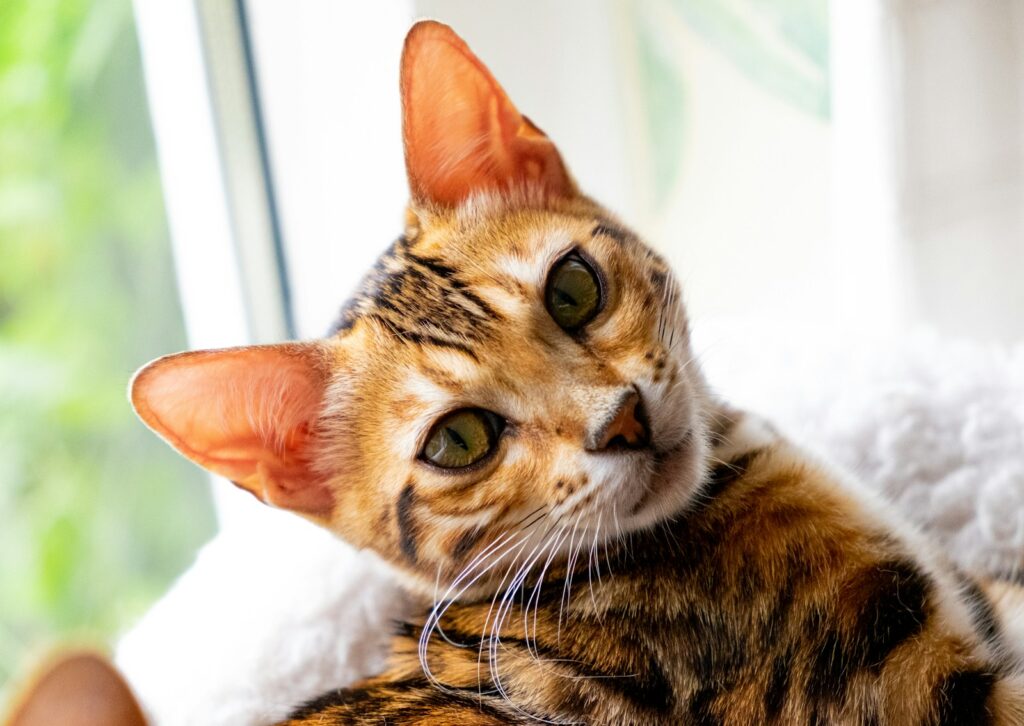
Bengals definitely have big personalities. They’re far from shy—outgoing, curious, and bold are just a few ways to describe them. If they don’t get what they want, they’ll make sure you know, whether it’s by pawing at your face or demanding attention at the worst times. But this feisty nature is also what makes them so lovable and fun.
